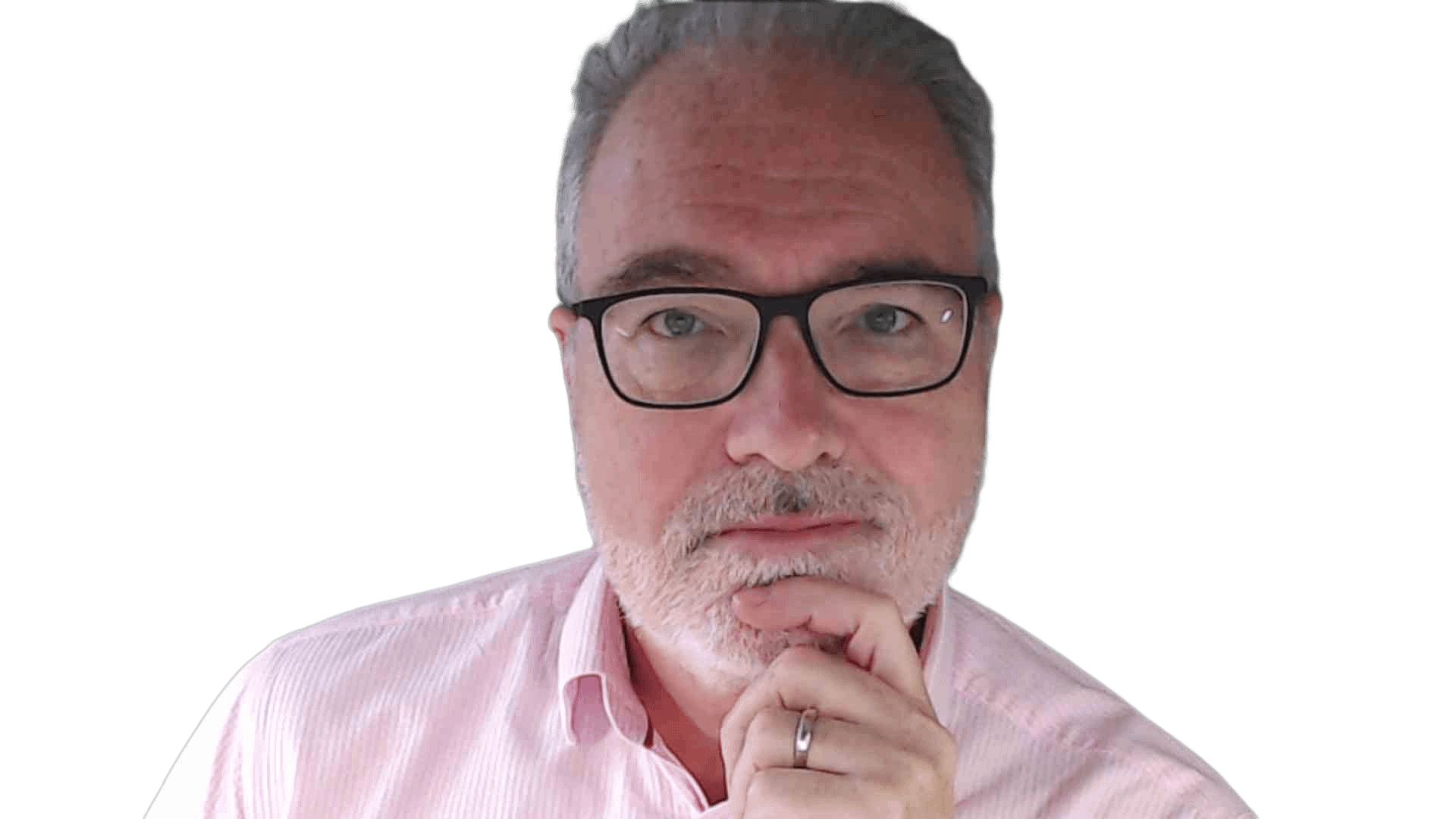
I’ve always described the assessment process to participants as “taking a snapshot” of them. A good psychometric and behavioural assessment is a study of their observed and recorded behaviour at a specific moment in time. This might be how they responded to the questions in a personality questionnaire, what they said, or did, in a work simulation exercise or interview on a specific day – perhaps during an assessment centre.
Recently, a participant asked whether a snapshot is sufficient to make a judgement. This issue comes up very occasionally in feedback interviews: “You didn’t get to see the real me” or “I was having an off day” are two of the variations on this theme that assessors hear often.
In an ideal world, of course, all recruiters and assessors would like to be able to spend more than a few hours with the individuals we work with. I would love to be able to shadow all job applicants, see leaders in action, or observe the disruptive behaviour I’m coaching on for a week. But in most cases it’s not practicable, or necessary.
We all make decisions based on a snapshot – some of them are life-changing. We make major purchases of cars and houses based on a short test-drive or a couple of brief viewings; some of us decide about the person we spend our lives with, and the companies we spend our careers with, based on a snapshot and a gut feeling. It’s always struck me that many companies will hire key people, at all levels on the strength of a one-hour interview. At the same time, many of those companies will spend much longer assessing and analysis the financial return of a capital investment.
A well-designed assessment process, using the right combination of valid and reliable occupational psychometrics and practical tools, supported by a comprehensive feedback interview actually gives much more than a snapshot. It will provide a detailed insight into an individual’s strengths, weaknesses and key areas to focus on for development. It provides the foundation – and the opportunity – for discussion about individual behaviours and styles that could take forever to uncover in a normal interview. It gets beneath the skin, allowing the experienced assessor to hone in on crucial aspects that inform decisions and provide invaluable information to shape future development.
I’ll continue to use the term “snapshot” when describing a one-off assessment project. Remember that with the right equipment and a talented eye even a snapshot can tell a great story.


